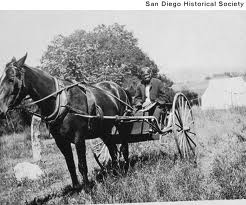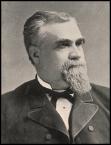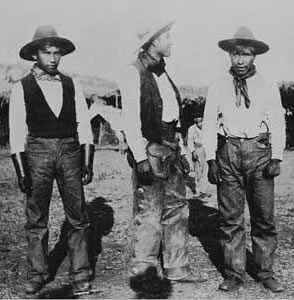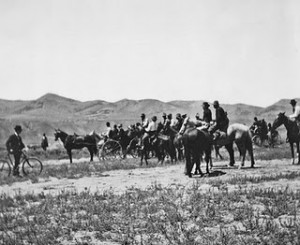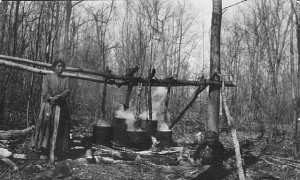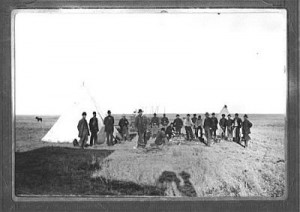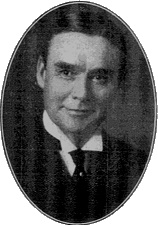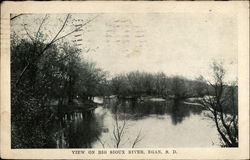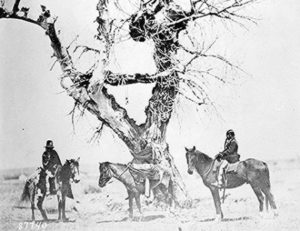As the only physician at the Canton Asylum for Insane Indians, Doctor John Turner was necessarily a valuable employee. However, he was on the road to pick up patients more than anyone else on staff. In March, 1906, Turner went to Pennsylvania to visit his sick father. At the time of this visit, a Mesa Grande Indian who had escaped the asylum in 1904, Moxey, committed some sort of crime in Virginia and wound up in jail.
Turner had to go to Virginia and get Moxey, then return to the asylum. He brought back both the patient and his father, who was very ill. One of Turner’s chief complaints about Gifford’s management of the asylum, was that Turner had to do much of the traveling associated with picking up patients and retrieving them if they escaped. His absence caused problems with the health of his patients, and Turner’s complaint to Charles Dickson, supervisor of Indian schools, instigated an inspection that brought superintendent O. S. Gifford sharp reproach.
______________________________________________________________________________________
